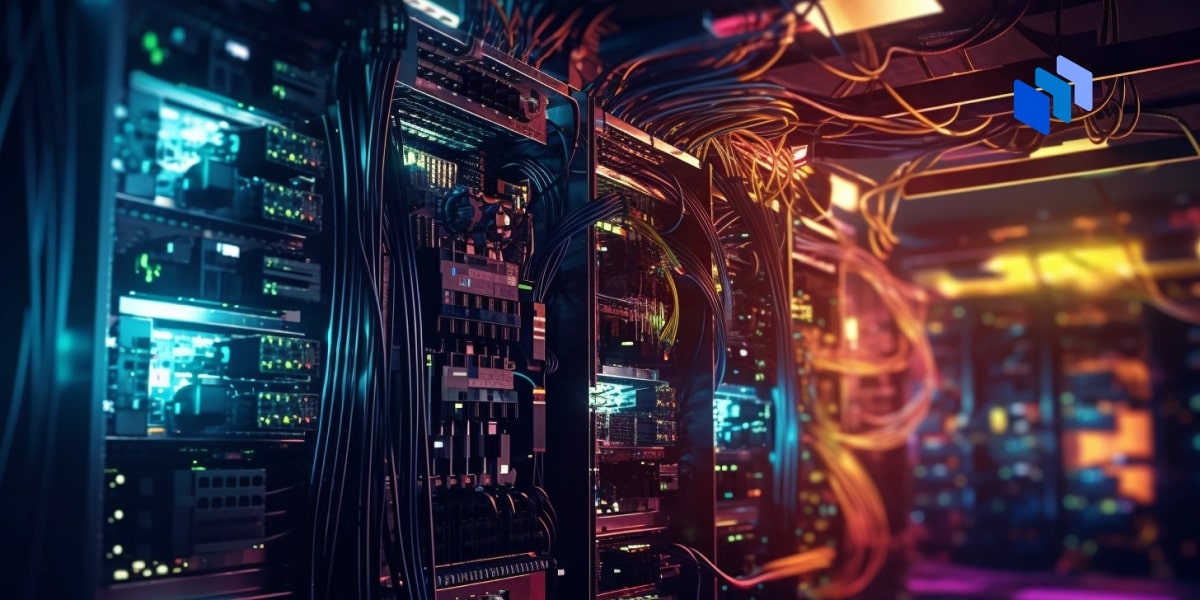increasingly important,” Ravuri explains.
Edge computing is revolutionizing industries across the board by enabling real-time data analysis and delivering valuable insights. According to a report by Accenture, global spending on edge computing is expected to increase from $208 billion in 2023 to $317 billion in 2026. The potential for transforming business functions, from customer engagement to production, is what makes edge computing so exciting, according to Accenture.
There are several real-world use cases for edge computing that showcase its significance in various industries. Here are six notable examples:
1. Food and Beverage: Food and beverage companies leverage edge computing due to its real-time nature. With high volumes of data and automation involved in processes like cookie production, real-time visibility becomes crucial. Edge computing helps manage and monitor machines, ensuring they operate as intended.
2. Edge-Enabled Fighter Jets and Drones: Modern aircraft like fighter jets and drones are complex systems that collect and analyze data onboard. Edge computing allows these aircraft to share real-time data and coordinate with other assets, such as drones, without relying on a remote server. This accelerates critical decision-making and improves combat capabilities.
3. Bridge Inspection: Edge computing is being used to inspect bridges more efficiently and accurately. Drones equipped with computer vision can swiftly identify areas requiring repair or maintenance, leading to timely interventions. This eliminates the need for specialized equipment and personnel and reduces costs and safety hazards associated with traditional inspections.
4. Fraud Detection: Fraud detection is becoming increasingly complex with the rise of instant payment platforms and mobile devices. Edge computing, combined with content delivery networks and security measures, allows companies to geographically distribute computation and data storage closer to users. This results in faster distribution, reduced latency, and improved privacy and security.
5. Early Wildfire Detection: Edge computing and AI play a crucial role in detecting and responding to wildfires. Solutions like Dryad’s Silvanet use solar-powered gas sensors in a large-scale IoT mesh network placed in forests. Machine learning algorithms analyze gas compositions to identify potential fires within the first hour. This enables ultra-early detection and swift communication with first responders and forest managers.
6. Telecommunications: Telecom providers are adopting edge computing to converge cloud, compute, and connectivity at the network edge. The low latency and extended coverage of 5G enable mobile edge computing to process data closer to the source, saving bandwidth and reducing latency. This becomes crucial for autonomous applications and connected vehicles that require real-time processing and communication.
Edge computing is transforming industries by enabling real-time data analysis, improving efficiencies, and enhancing decision-making capabilities. As global spending on edge computing continues to rise, businesses across sectors are recognizing its potential for driving innovation and optimizing experiences for people.


